Presentations at PIC International 2026 are grouped into 4 key themes which collectively provide complete coverage of the compound semiconductor industry.
If you are interested in speaking at PIC International 2026, please contact info@picinternational.net or call +44 (0)24 7671 8970.
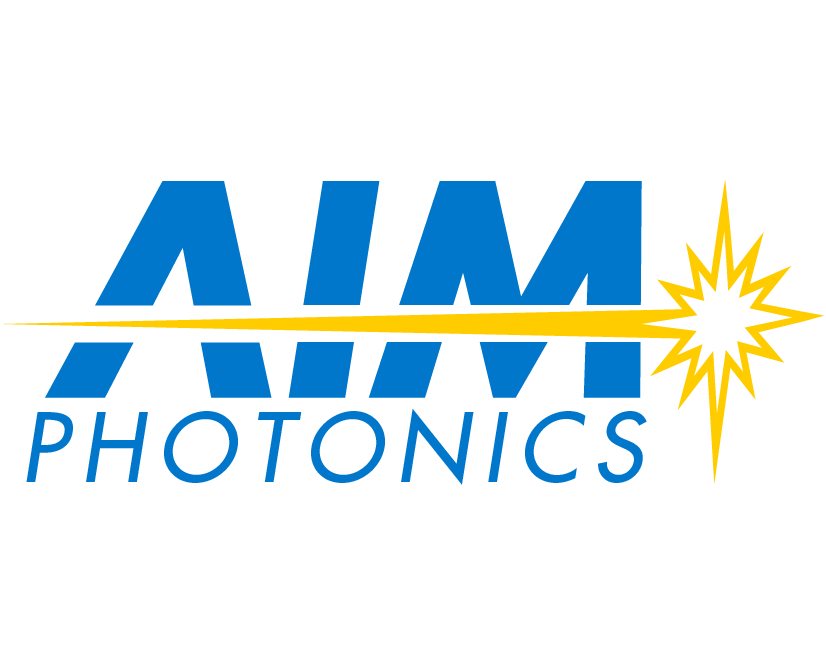
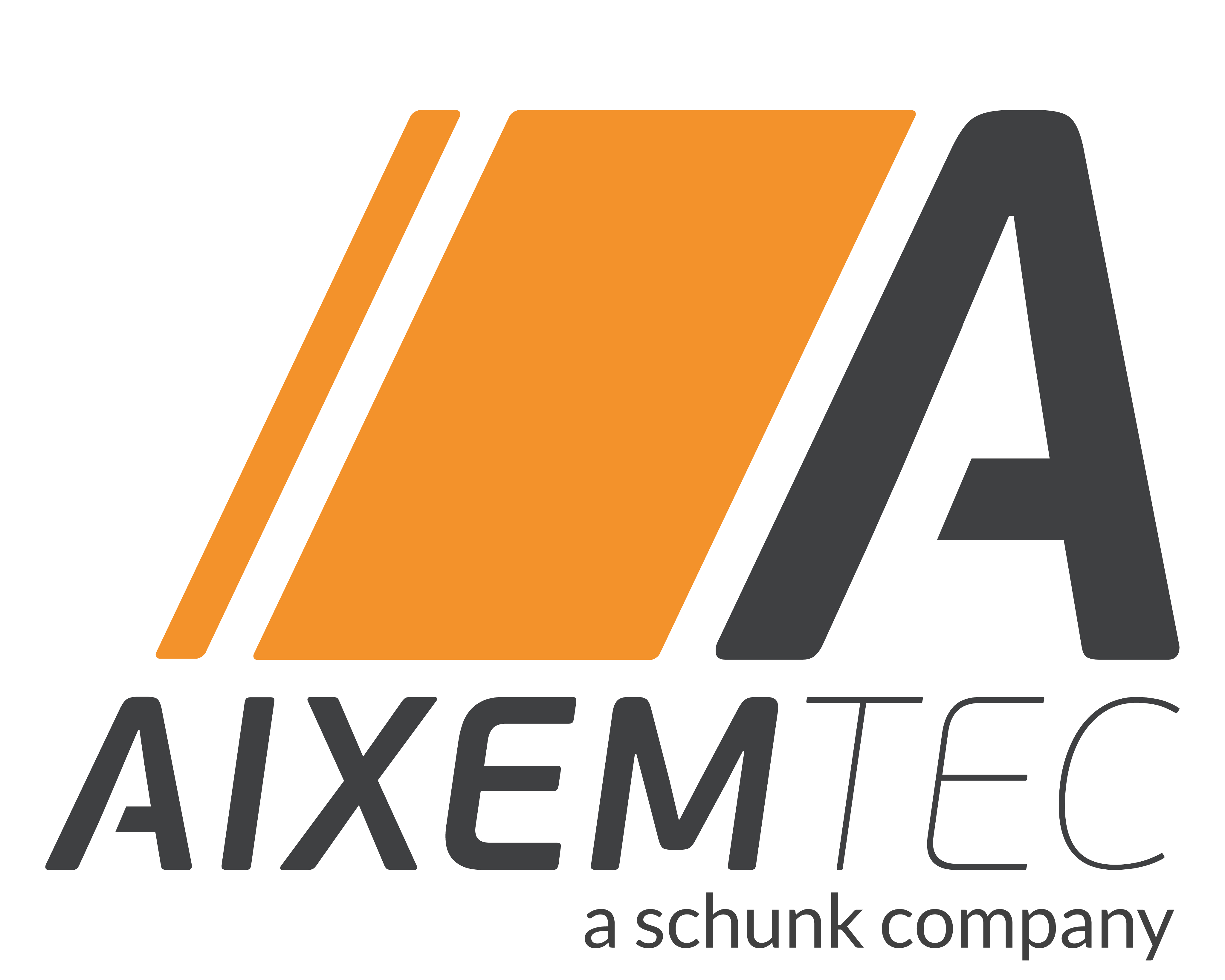
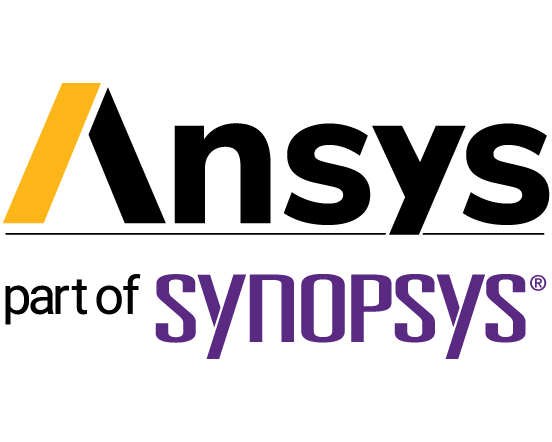

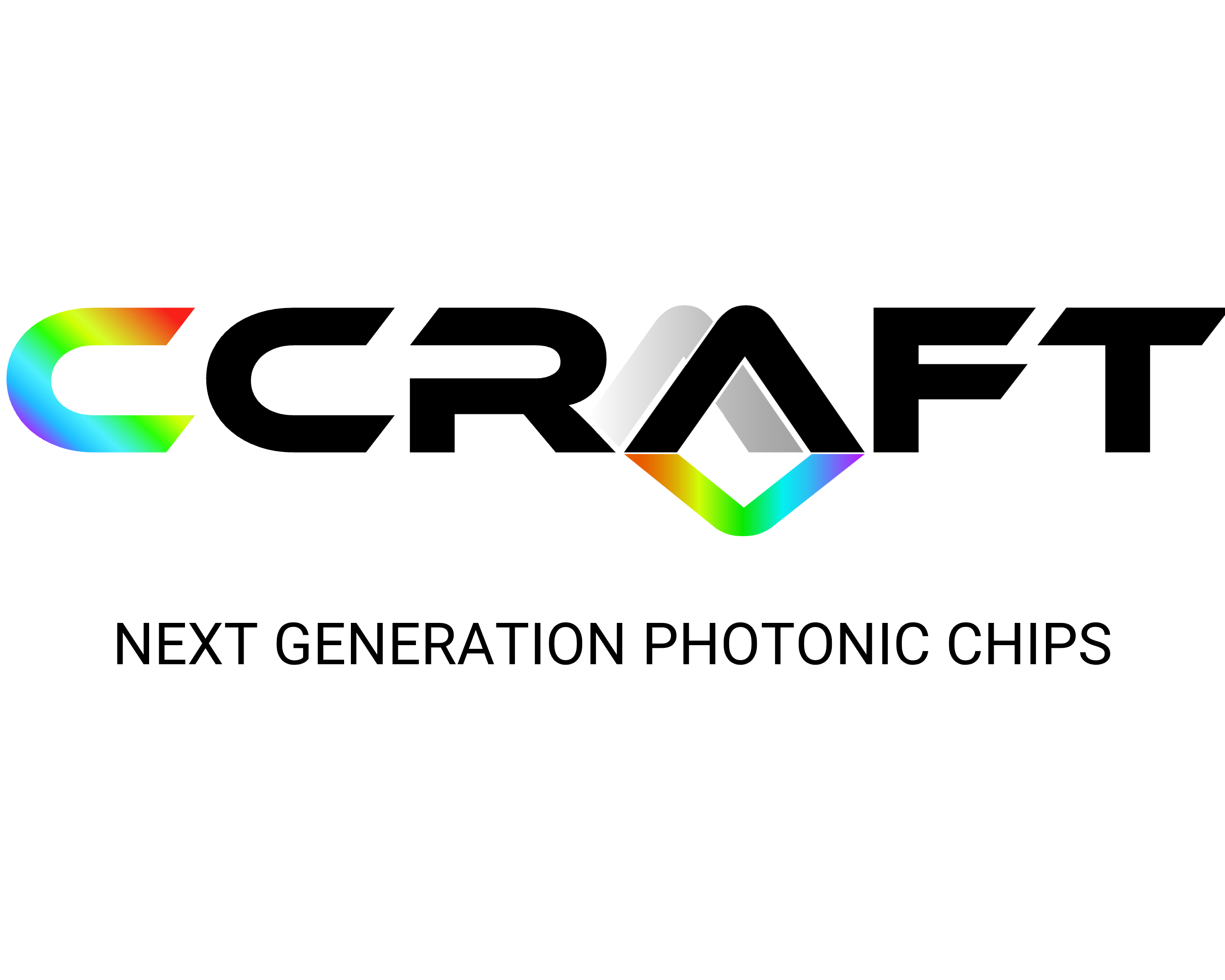
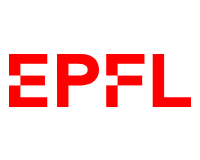
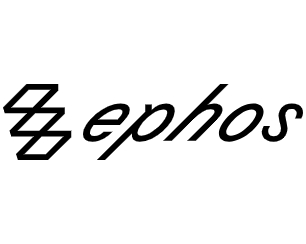
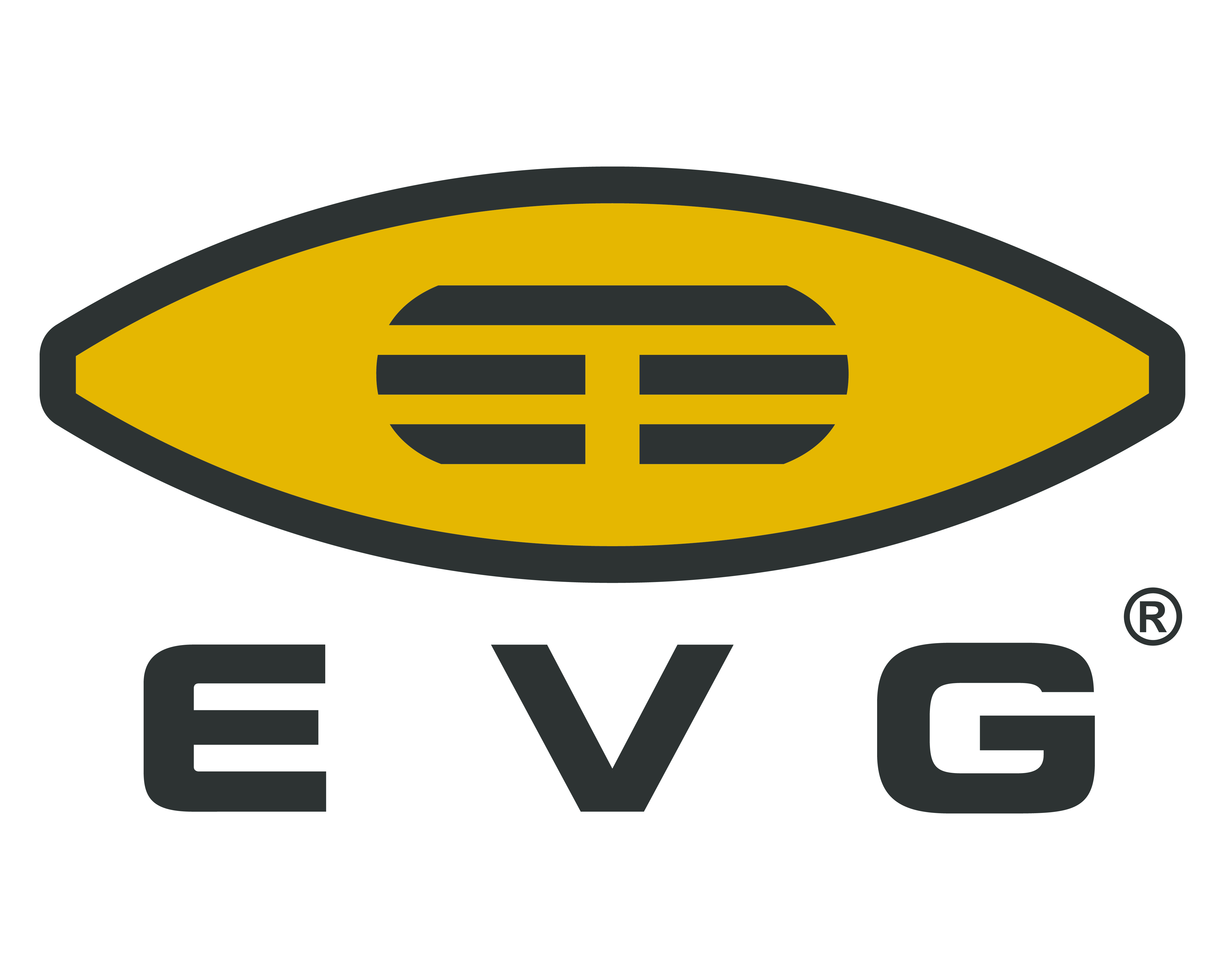

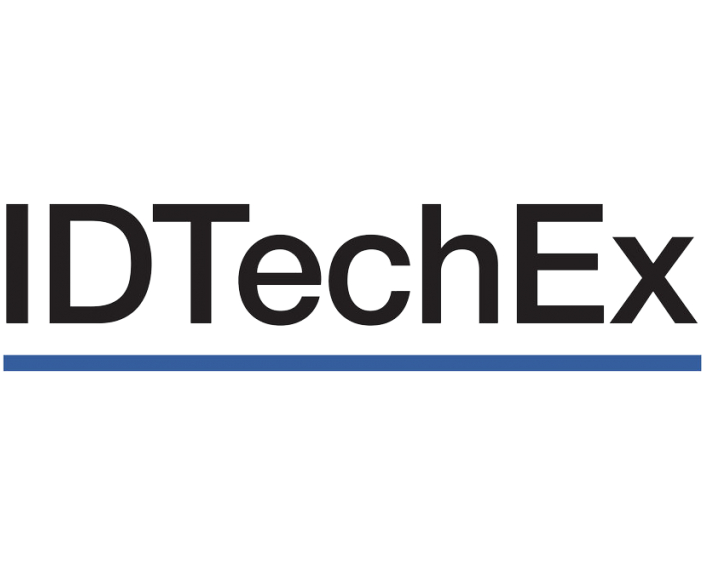
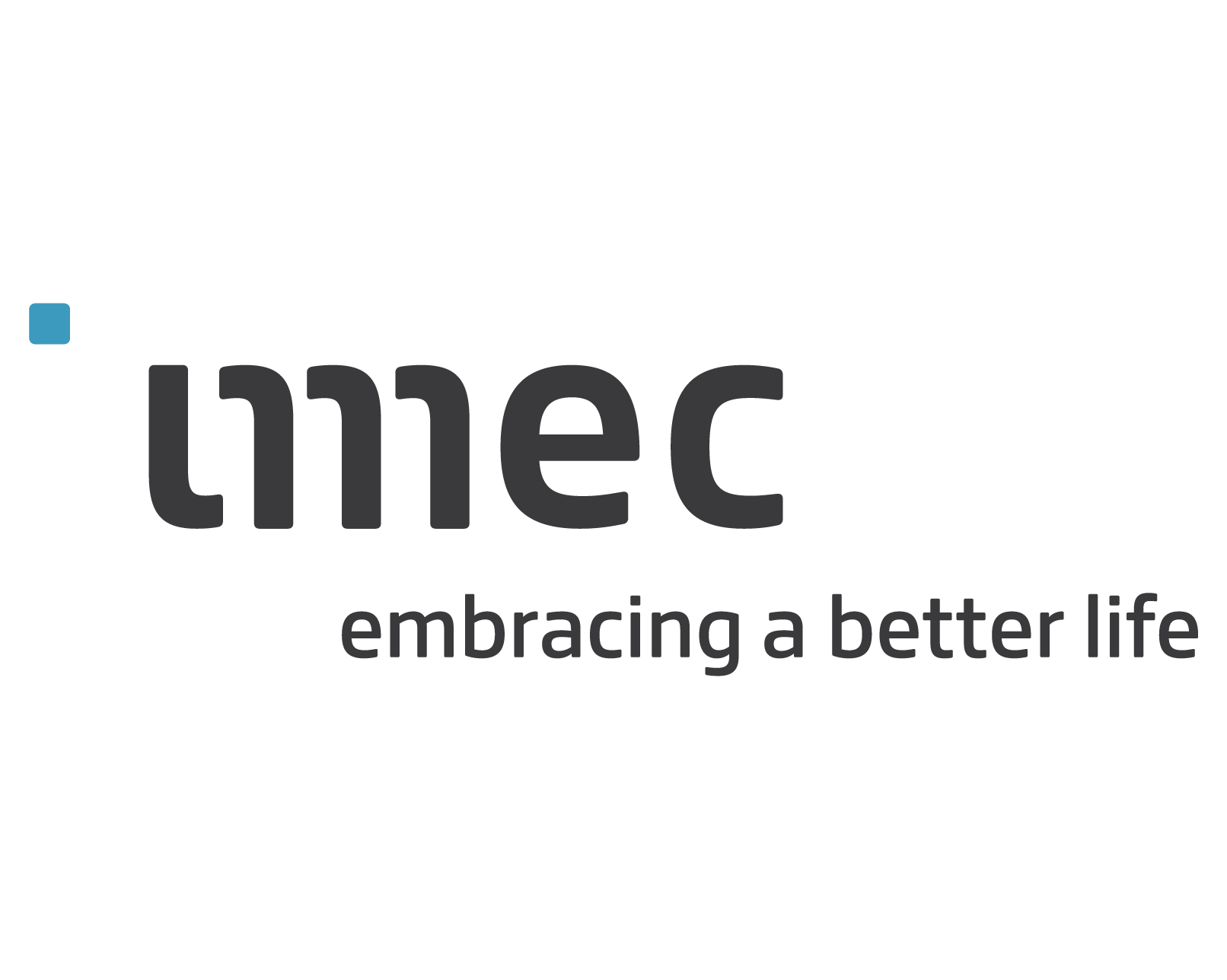

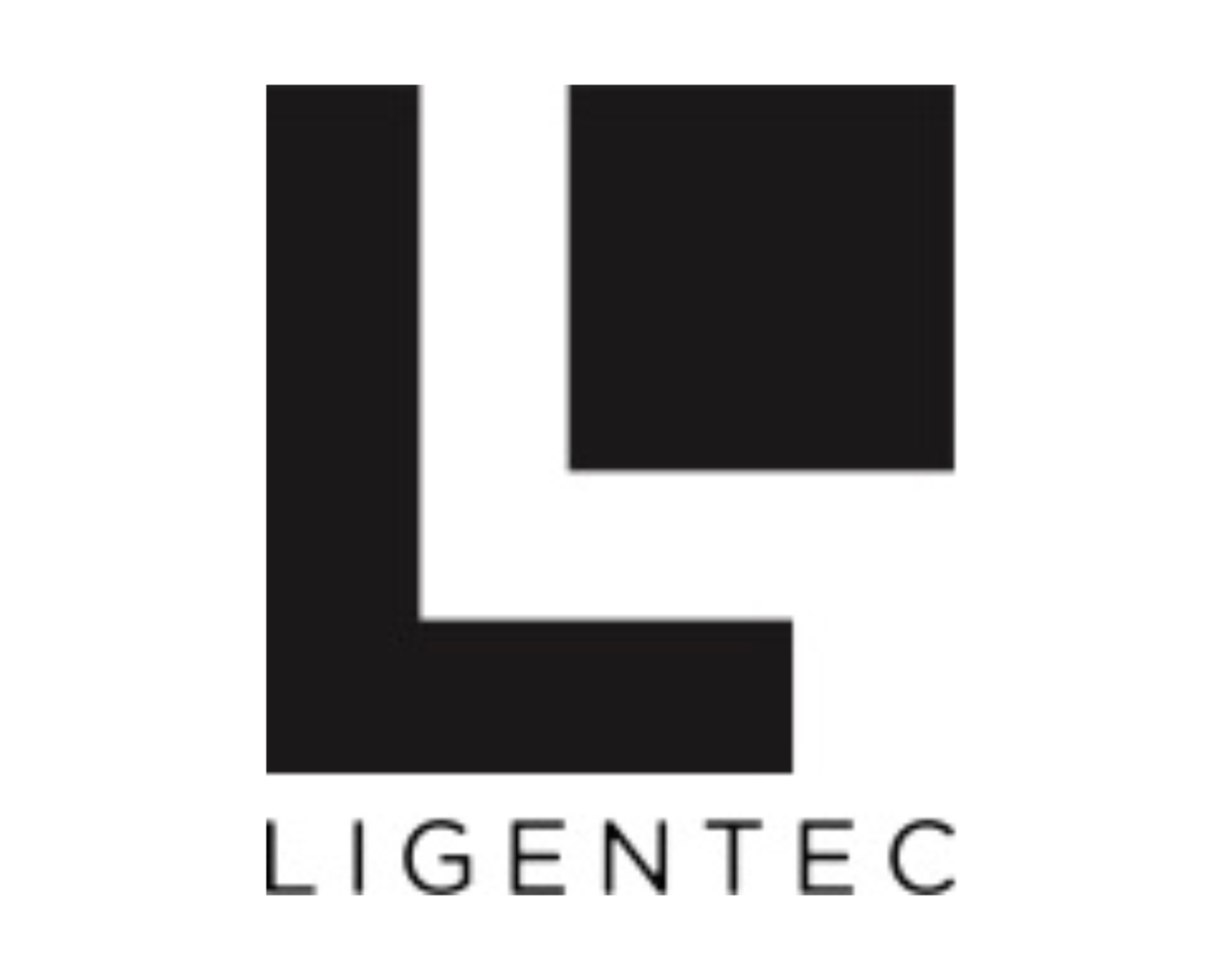
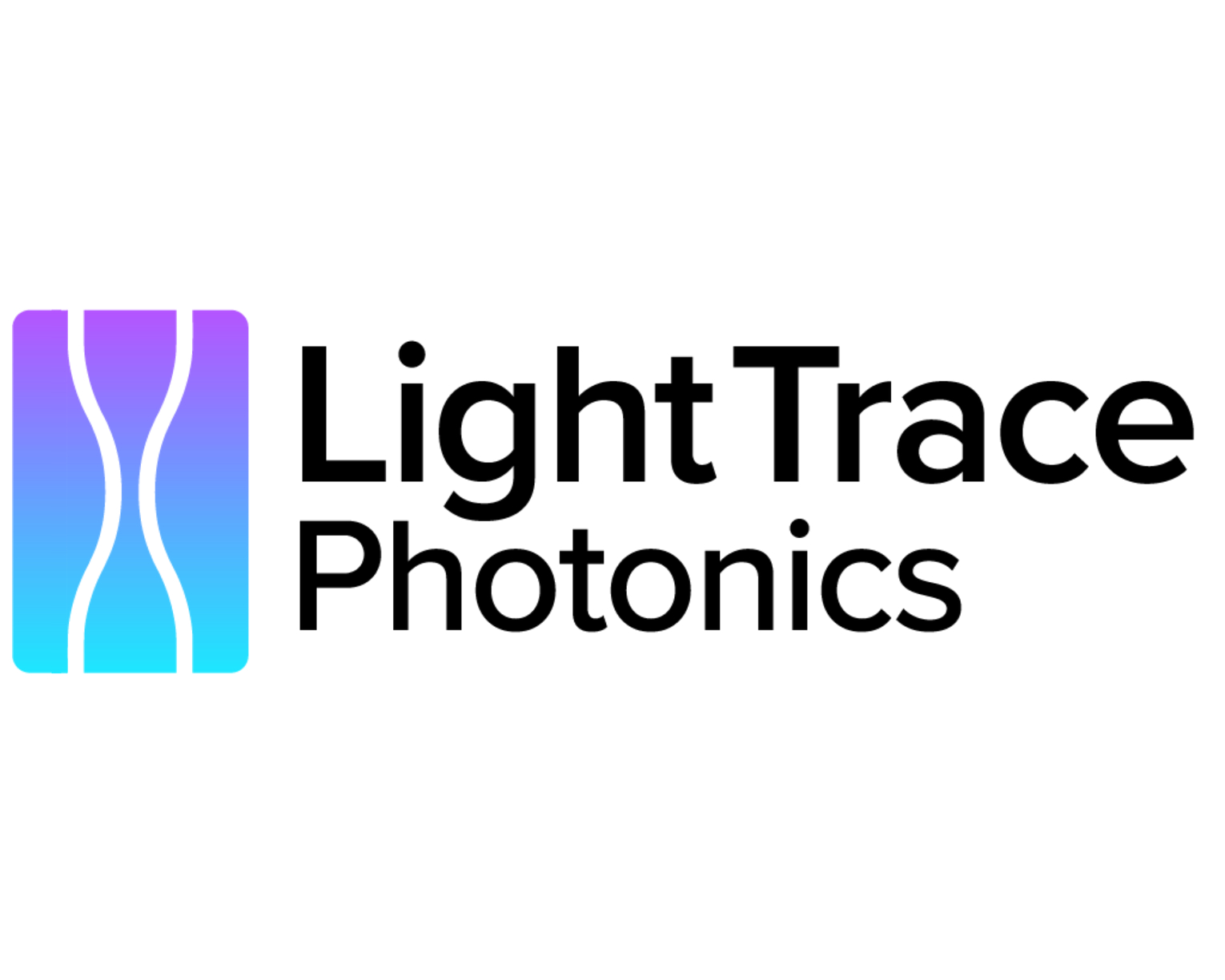

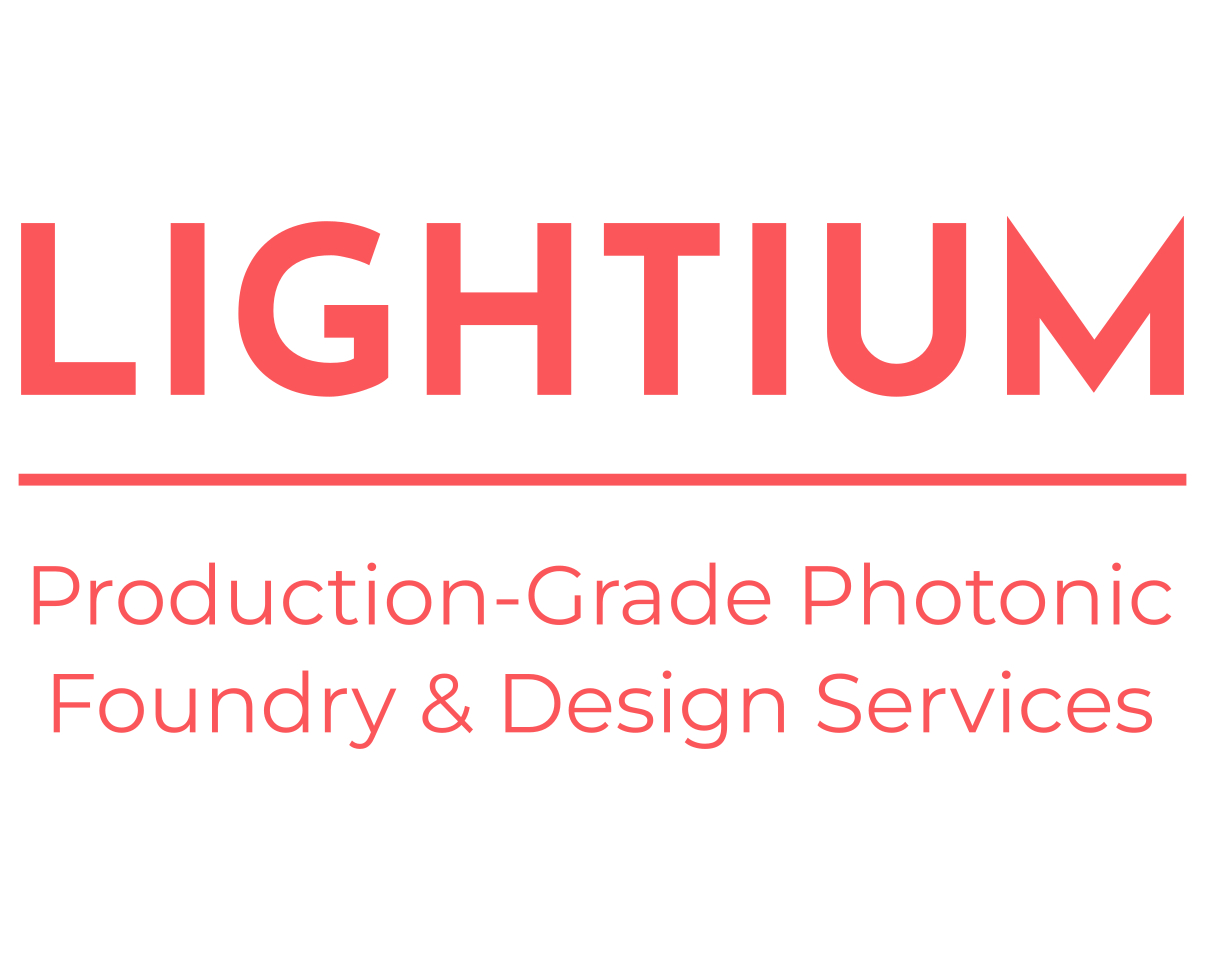
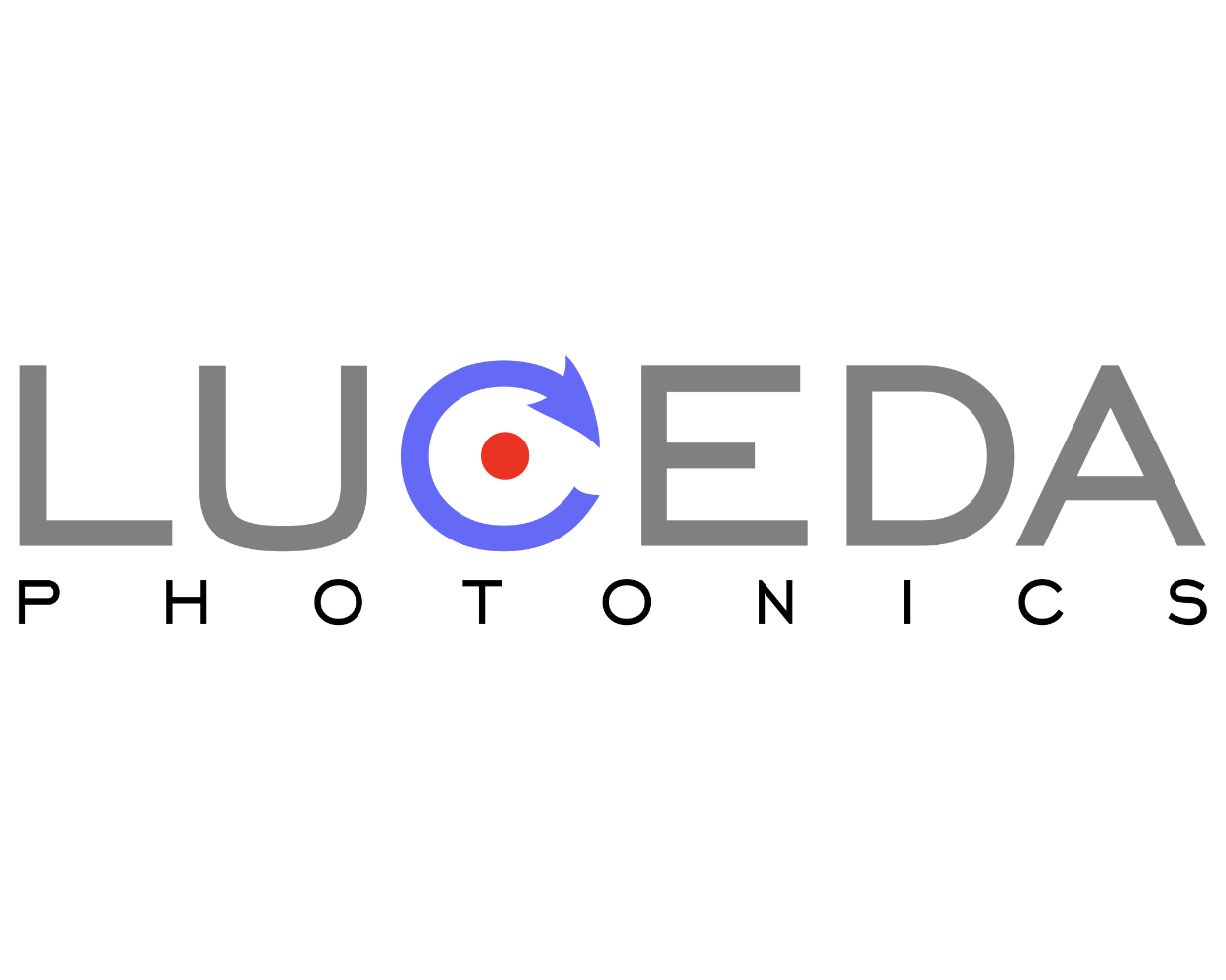
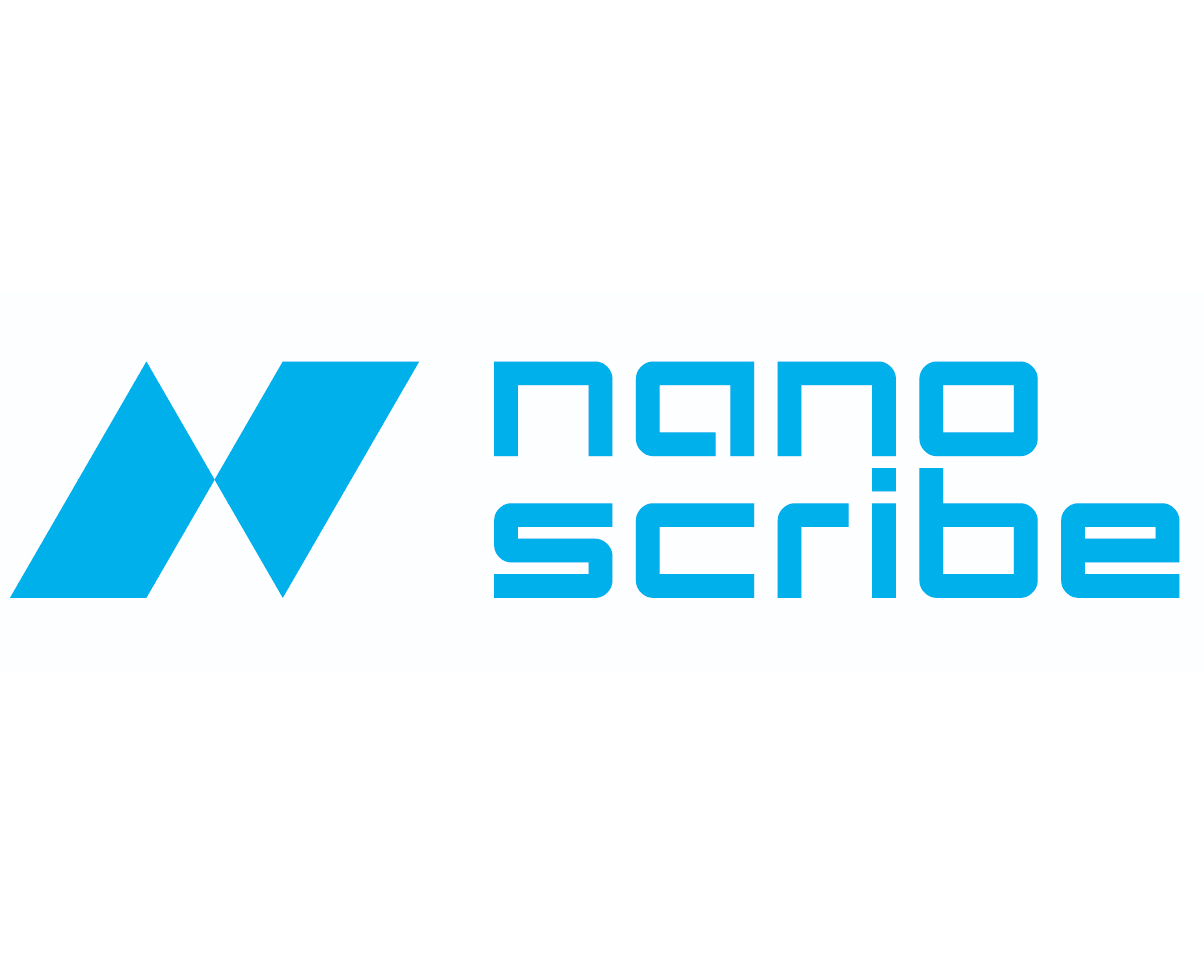

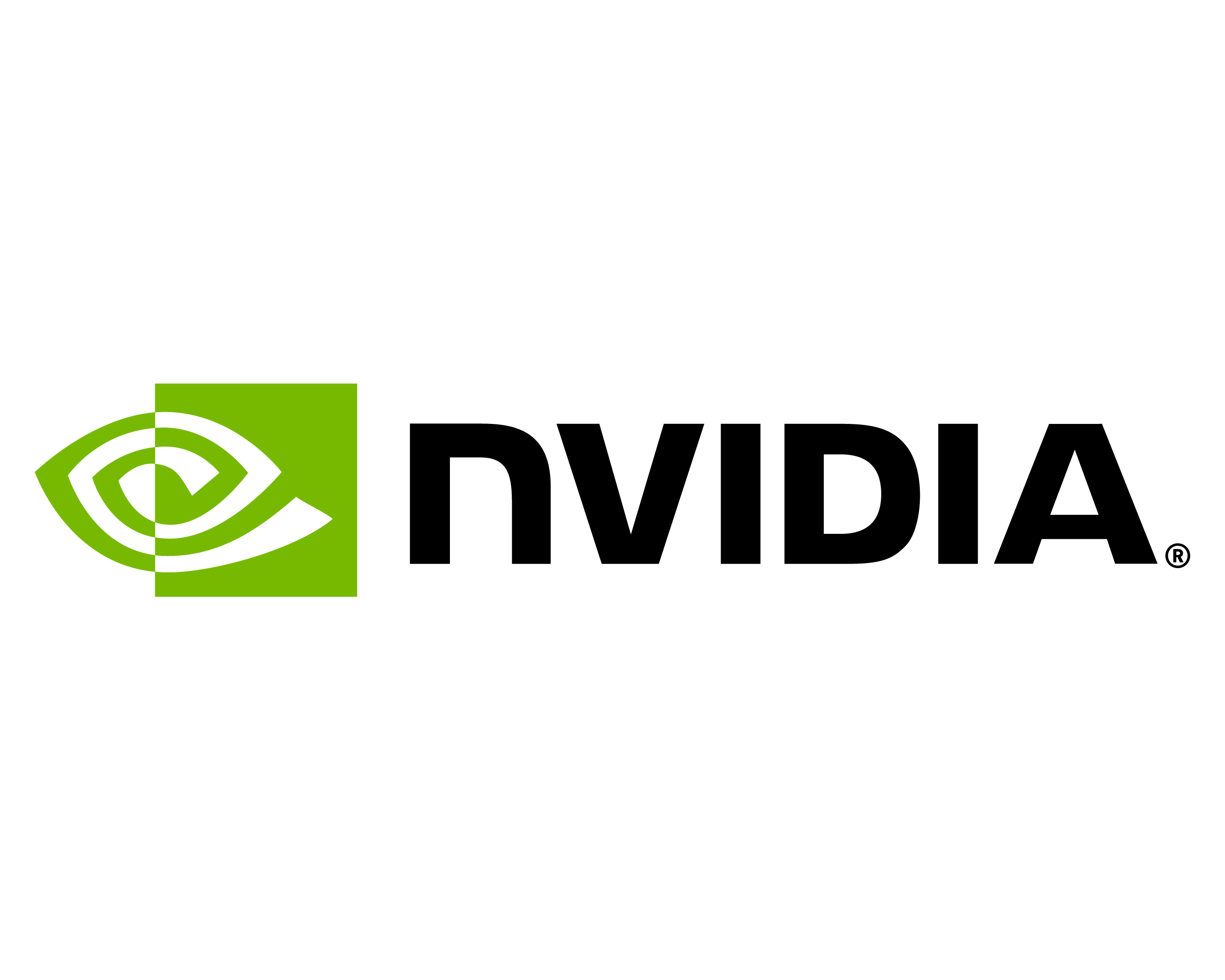

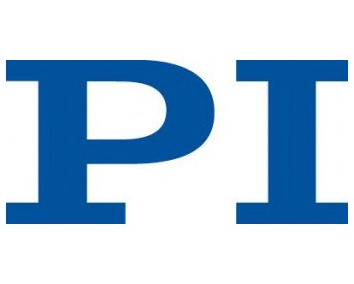
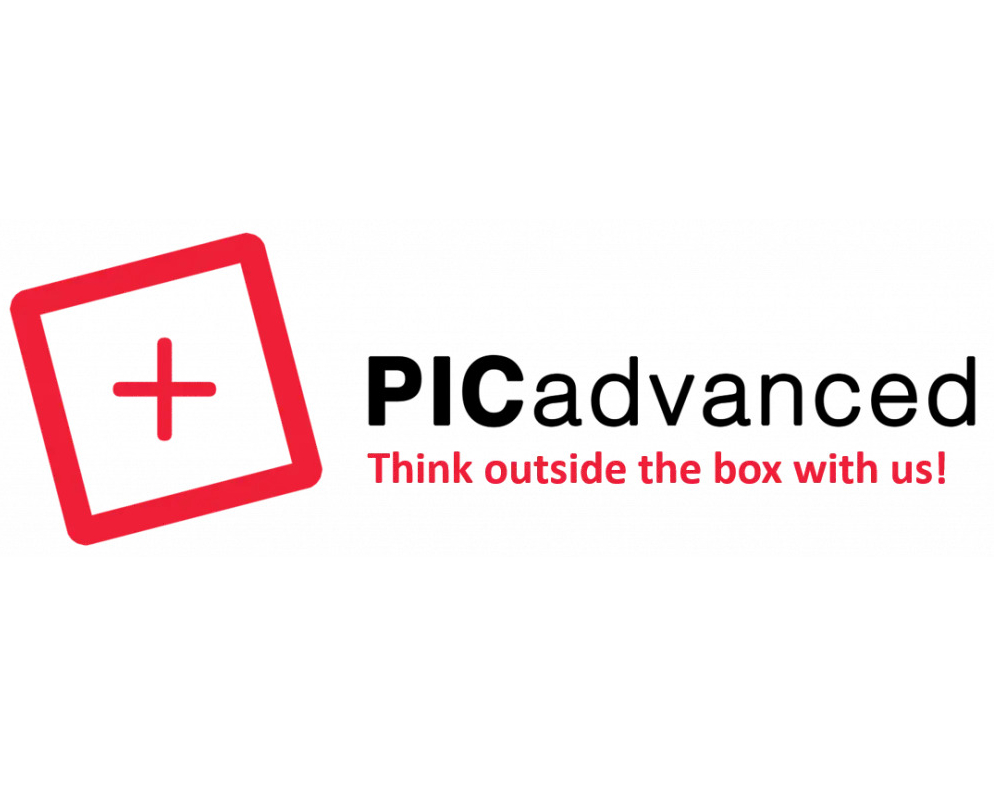

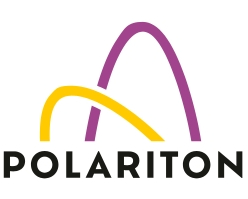
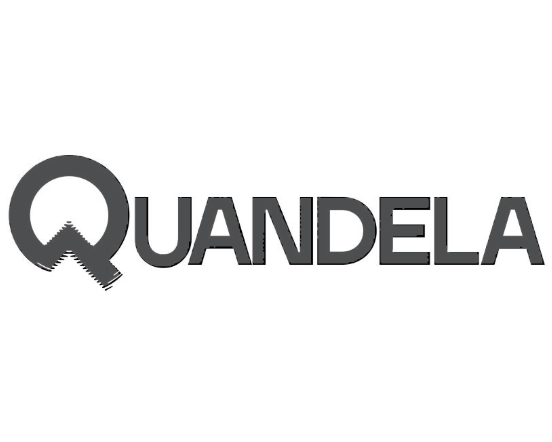
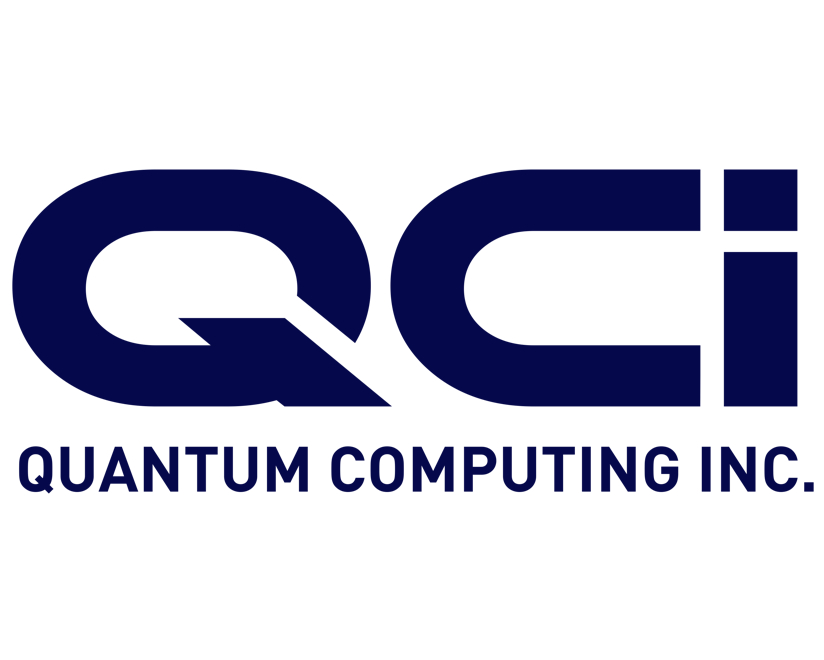
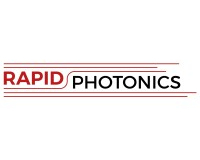
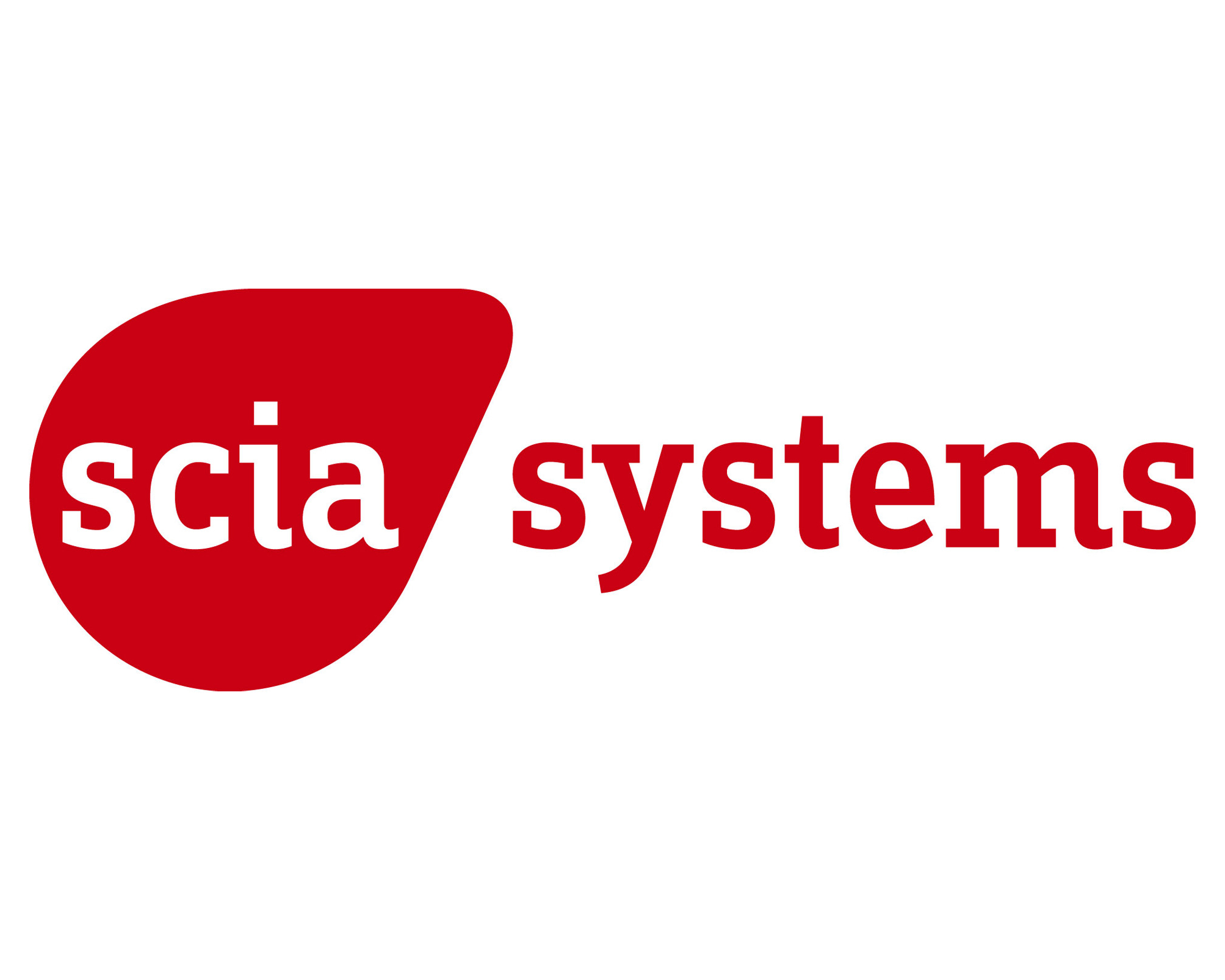



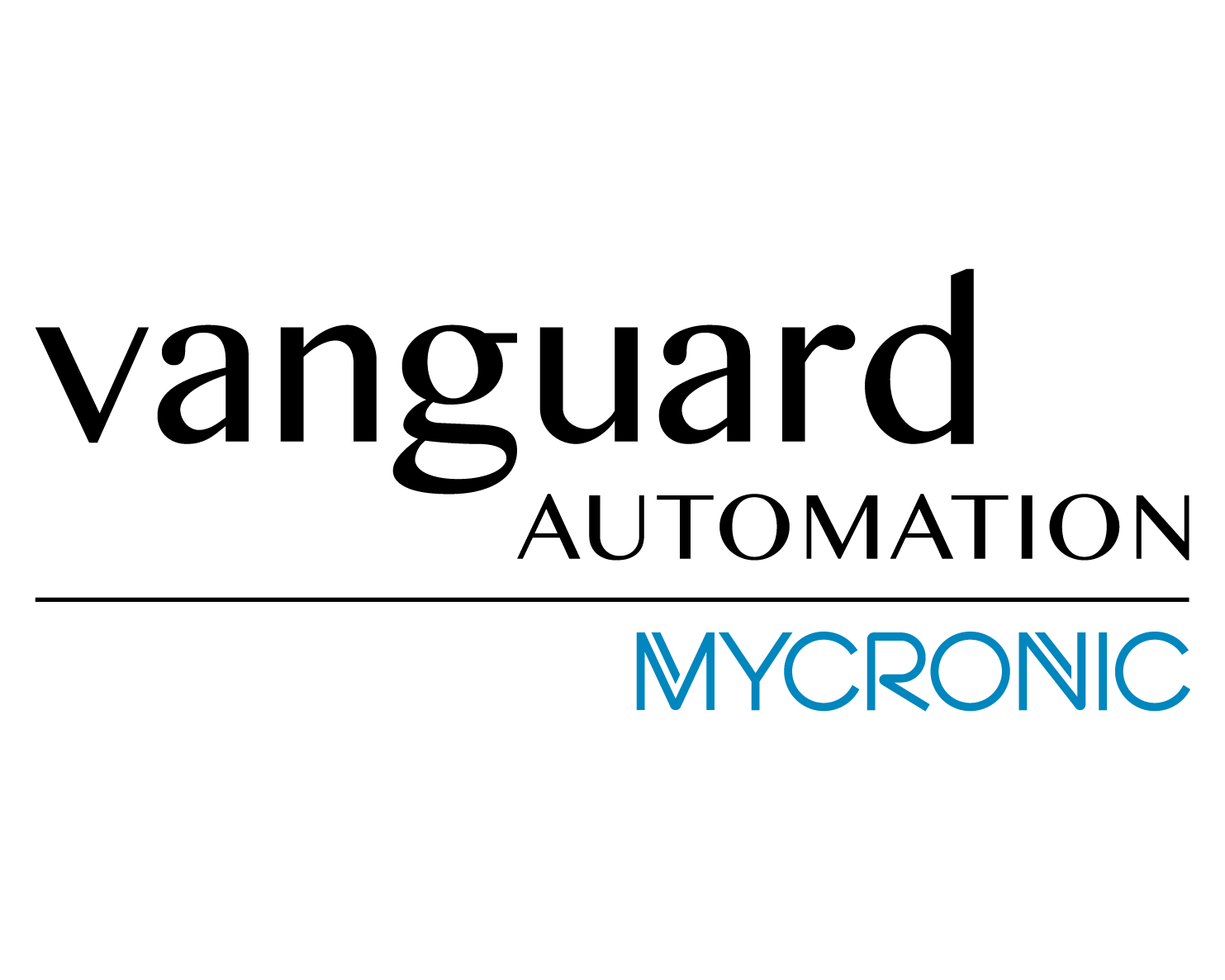


Packaging remains a critical bottleneck in PIC commercialisation. This presentation explores automated assembly solutions enabling sub-micron alignment, repeatable coupling efficiency and scalable production. Attendees will discover how advanced micro-assembly and integration platforms improve throughput, reduce costs and unlock reliable volume manufacturing of complex photonic integrated circuits.
This presentation explores how heterogeneous integration is revolutionizing photonic integrated circuits (PICs) by combining diverse materials with active components. We demonstrate advances in wafer-scale integration, enabling high-speed modulators and photodetectors on low-loss passive platforms for applications in space communication, quantum technologies, LIDAR, and biosensors.
Design complexity remains a major challenge in photonics integration. This presentation explores how advanced PIC design automation empowers designers to accelerate development cycles, improve layout accuracy and ensure fabrication readiness. Attendees will learn how streamlined design workflows reduce risk and support commercial scalability across diverse photonic applications.
Awaiting presentation abstract.
High-speed modulation is a materials race. While silicon photonics is reaching its natural limit, its performance can be conveniently boosted with the addition of advanced materials. Plasmonics offers a monolithic approach with manufacturing steps similar to standard redistribution layer post-processing. This technology avoids complex layer stacks, intricate alignment, and heterogeneous material bonding; moreover, it is scalable to 300 mm wafers. It has been proven effective in the THz regime, making it sufficient for 400G, 800G, and 1.6T per-lane optical communication.
Glass is the material powering the next generation of photonic integrated circuits. Advanced glass processing lets us create complex 3D PICs with record-low losses, full 3D design flexibility, and new possibilities for advanced packaging. This talk will highlight the technology, the breakthroughs it enables, and how Ephos transforms these innovations into practical, real-world photonic solutions.
The adoption of co-packaged optics using silicon integrated photonic circuits has created a new paradigm of automated solutions for wafer and chip level test and assembly at scale. The addition of photonics probe to conventional electrical test, comes with a variety of challenges for coupling strategies that address sub-micron spatial tolerances that enable consistent, repeatable, and stable coupling in high-vibration production environments. Here we present on direct fiber array to fiber array-based measurements and analysis to understand the impact of vibration sources on photonics alignment automation systems and mitigation strategies to prevent insertion loss from direct and indirect disturbances. Our findings demonstrate how to enhance efficiency and enable large-scale implementation in photonic device manufacturing. This work integrates precision automation with photonic testing and probing, bridging the gap between research and scalable, high-volume production.
Awaiting presentation abstract.
Awaiting presentation abstract.
Awaiting presentation abstract.
Awaiting presentation abstract.
Awaiting presentation abstract.
Today’s leading CPO interconnect approaches rely on complex micro-optics and precision assembly, creating performance ceilings, manufacturing bottlenecks, and fragile supply chains that fundamentally limit scale. As AI systems push toward ever-higher bandwidth density, insertion loss and packagability at the fibre–chip interface are becoming the dominant constraints. In this talk, we present our latest results on UPIc (Universal Photonic InterConnect) — a passive, detachable fibre-to-chip interconnect based solely on standard fibre and standard PIC processing. UPIc achieves ultra-low insertion loss (~450 mdB) with large alignment tolerance (>60 µm) and supports repeated plug-and-unplug operation, enabling scalable, high-yield manufacturing flows for co-packaged optics. We will discuss recent performance results, manufacturability considerations, and why our solution is essential for scaling CPO to high-volume deployment.
As photonic integration grows in complexity, simulation accuracy becomes critical. This presentation explores how multi-physics simulation enables precise modelling of optical, thermal and electrical interactions within PICs. Attendees will learn how design optimisation and virtual prototyping reduce development cycles, improve device performance and support reliable scaling of next-generation photonic platforms.
Moderated by Jon Pugh, Director of PIC and Quantum Technologies at OPTICA.
As PICs grow in size and complexity, their performance must be evaluated not only as isolated components but also within the full system. This presentation highlights how system-level validation can help to overcome impairments and architectural bottlenecks, enabling more reliable, scalable, and efficient PIC designs for next-generation high-speed data networks.
Next-generation data networks require PICs that combine speed, energy efficiency and scalable manufacturability. This presentation shows how advances in thin-film lithium niobate processes are moving TFLN PIC manufacturing toward greater reliability and reproducibility. We illustrate how design choices gain real impact only when supported by stable, scalable fabrication delivering low-power, high-density interconnects.
Awaiting presentation abstract.
PICadvanced accelerates the evolution of high-speed access networks through photonics, connecting the opportunity with R&D innovation stack and scalable production. This presentation showcases cost-efficient 50G and beyond optoelectronic platforms, merging optics and electronics for next-gen fiber access. Attendees will see how the full-stack integration and manufacturing support enable faster, more reliable, and future-proof network upgrades.
Awaiting presentation abstract.
Quantum key distribution will transform the existing digital security, by establishing networks that are intrinsically secure against quantum computers. The main barriers to adoption of quantum key distribution systems are their costs and form factors. This is ultimately due to the widespread use of fibre-based solutions to encode and decode the quantum optical signals. At KETS we have pioneered chip-based commercial quantum key distribution systems which open the way to truly scalable quantum key distribution solutions. All the core quantum photonic components used to generate, distribute and detect quantum signals have been implemented onto photonic integrated circuits, and manufactured in commercial photonic foundries. Several photonics platforms have been used to implement our solution, which includes Silicon-on-Insulator transmitter chips, and Indium Phosphide optically self-contained quantum random number generators. As our most recent breakthrough, our receiver chips have been co-integrated with single-photon avalanche detectors, in a highly compact solution. This has solved the last remaining hurdle towards the miniaturization and large-scale deployment of discrete-variable quantum key distribution systems and opening further opportunities for future quantum internet applications.
As data-center architectures scale to support rapidly expanding AI, HPC, and cloud workloads, interconnect requirements are growing at an unprecedented pace. Increasing pin counts per package, larger silicon footprints, and rising I/O power consumption are pushing traditional electrical interconnects toward fundamental limits in reach, bandwidth, and energy efficiency. Against this backdrop, optical interconnects are becoming an essential enabling technology, offering superior scalability, higher aggregate bandwidth, and improved energy efficiency for next-generation systems. Photonic integrated circuits (PICs) and co-packaged optics (CPO) are therefore emerging as critical technologies for HPC and AI data centers, where interconnects must simultaneously deliver massive bandwidth density and strict energy-efficiency targets. In this presentation, IDTechEx will take an in-depth look at PIC technologies, examining how PIC-based interconnects are evolving to meet these next-generation requirements. The session will also explore how accelerating AI workloads are driving sustained growth and structural change in the PIC transceiver market over the coming decade.
Awaiting presentation abstract.
Awaiting presentation abstract.
Awaiting presentation abstract.
Awaiting presentation abstract.
Awaiting presentation abstract.
Aluminum nitride (AlN) has emerged as a promising photonic material mainly due to its broad transparency window and remarkable nonlinear optical properties. Recently, we have developed low-loss photonic integrated circuits (PICs) based on an AlN-on-sapphire platform that enables various on-chip nonlinear photonic processes such as second harmonic generation (SHG), frequency conversion, and electro-optic modulation which are scalable from the infrared to the visible/ultraviolet (UV) part of the spectrum. As an eminent example, this work will discuss our recent progress on solid-state far-UVC emitters based on our AlN PICs via SHG. With further heterogeneous integration of GaN pump lasers, our AlN PICs can offer tremendous reduction in cost, size, weight, and power (C-SWaP), which shows great potential for numerous applications ranging from human-safe germicidal disinfection and water purification to spectroscopy, frequency metrology, and quantum computing and sensing.
Awaiting presentation abstract.
The advent of multiple AI applications is skyrocketing the data center capacity and power consumption. The use of optical engines is essential for reducing the power consumption by shortening electrical interconnects, but they also require scalable laser sources capable of delivering multiple precisely spaced wavelengths. Multi-wavelength external laser sources are required to fulfill this need, along with the development of co-packaged (CPO), optical IOs (OIO), and special silicon photonics engines. Pilot Photonics is developing three different types of sources to address the industry's various needs with their 1. 16-channel Laser Array ELSFP 2. Optical Frequency Comb + Laser Array ELSFP and 3. Multichannel Discrete Laser source offerings. This talk will provide the details of these laser sources and discuss data transmission results.
AIM Photonics, a Department of Defense (DoD) Manufacturing Innovation Institute (MII), offers end-to-end services in photonic integrated circuits (PICs), interposers, heterogeneous integration (HI), electronic photonic design automation (EPDA), and packaging. AIM Photonics leverages the world-class 300 mm NY Creates’ Albany NanoTech Complex, which houses the Center for Semiconductor Research, CMOS Fabrication, Heterogeneous Integration, and High NA EUV Centers. The Institute’s PIC technologies include a full-featured CLO Silicon Photonics (SiPh) base technology, quantum-optimized SiPh, SiN-only for sensors and other applications, and base SiPh with III-V quantum dot lasers providing a broad set of PICs across all the major photonic application areas. 300 mm electronic-photonic interposers provide a unique platform for large-area packaging substrates with SiPh and waveguides. The NY Creates HI center provides dense interconnects, including C4, C2, Cu-Cu, wafer, and die-to-wafer hybrid bonding and advanced packaging build capabilities, including wafer and chip-level assembly and packaging. EPDA, process design kits, and assembly design kits enable design across all PIC, interposer, and packaging offerings. The rapid expansion of AI is driving the development of co-packaged optics (CPO), arguably the most challenging application area in photonic packaging. Addressing the challenges of CPO requires a coordinated development of PIC fabrication processes and packaging technologies. Systems will typically include custom-designed PICs, dense interconnects to electronic integrated circuits, interposers/substrates, lasers, and detachable fiber array units (DFAUs). Having all the parts developed in one foundry and leveraging an advanced 300 mm tool set maximizes the ability to optimize custom designs for CPO. Another challenge is building a skilled workforce for the industry. This talk will share an overview of AIM Photonics and NY Creates education and workforce development programs, including online and hands-on offerings.
Awaiting presentation abstract.
Awaiting presentation abstract.
IMEC presents its vision for integrating photonics into next-generation computing architectures. This talk explores silicon photonics platforms enabling optical computing, AI acceleration and neuromorphic architectures. Attendees will gain insight into device innovations, scalable fabrication approaches and system-level integration strategies shaping future photonic computing ecosystems.
Awaiting presentation abstract.
Awaiting presentation abstract.
Awaiting presentation abstract.
Awaiting presentation abstract.